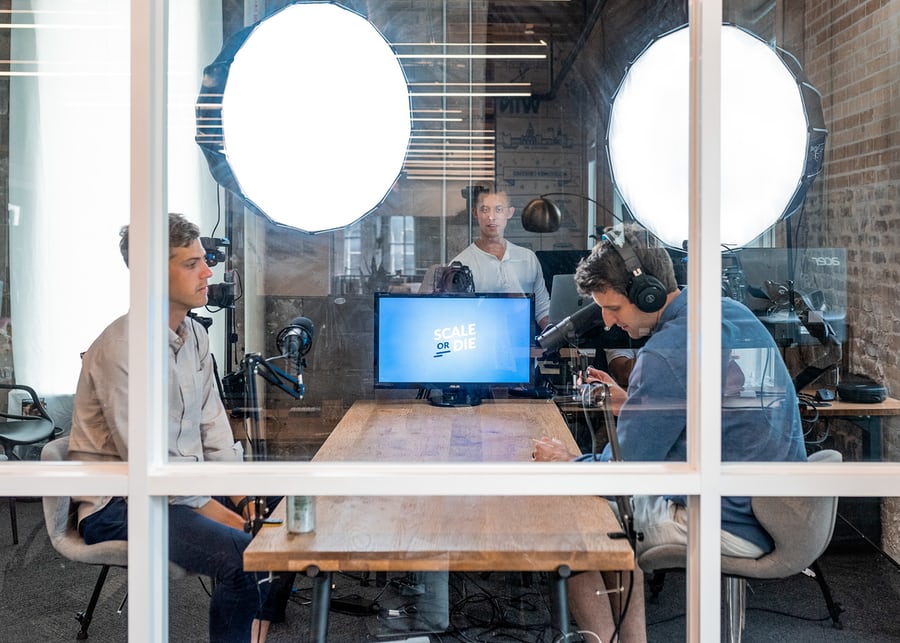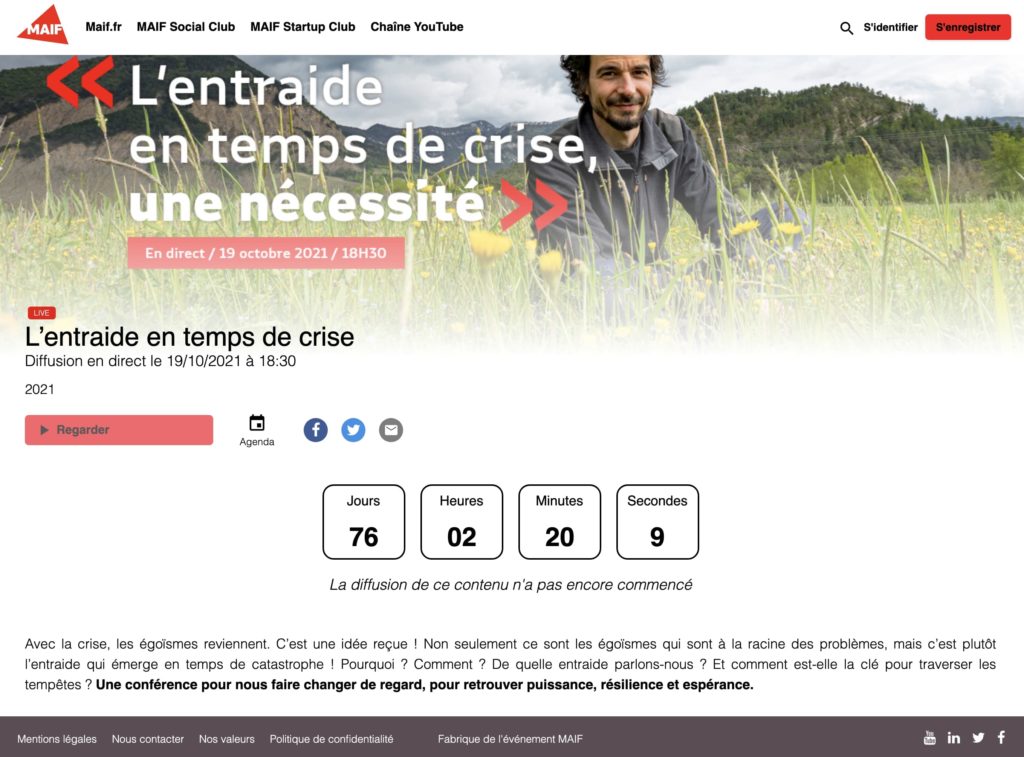What is a Web TV?
A Web TV is initially a linear video stream broadcasted on the Internet. Today it is a term that includes many different uses: a VOD (video on demand) website, a live streaming content, an OTT platform, a streaming service, etc.
The first Web TVs appeared in the United States as early as 1993, and they were mainly used by political media. But later, Web TVs were created in different sectors: for companies (corporate streaming), for brands, for communities, for geographical areas (local Web TV), or to highlight specific cultures etc.
Whether you are a brand, a project owner, or an enthusiast of a theme, we tell you why it is interesting to create a Web TV.

Why create a Web TV?
Increase traffic to your website with video
We won’t go back to the power of the video format (and streaming in general), because we have detailed it in these articles here and there. But globally it is the most consumed format today. Therefore, offering video content on your site will mechanically increase its traffic. You can of course use social networks, YouTube or TikTok to post your content, as long as you redirect your users to your site.
Improve your referencing with video content
You want to increase your ranking on Google: use video. More and more people are choosing the “video” filter when they search on Google, or simply search on YoutTube which is the second largest search engine in the world. Obviously, if they are YouTube videos there is a better chance that they will come up because they are favored by YouTube, but it is also worthwhile to work on the SEO of your videos. Among the best practices, you can follow these recommendations:
- Create an explicit title for your video file with important keywords
- Creating a video sitemap is recommended by Google
- Add a schema mark up on your videos (more technical but this article explains everything about SEO optimization of your videos)

Improve your notoriety
Web TV allows you not only to host your videos but also to broadcast them on all communication channels available via the Internet. This allows you to increase your visibility. A company can use a Web TV to communicate with its customers in a unique way. This allows it to be more visible to its customers and to differentiate itself from its competitors who use traditional channels, which ultimately contributes to increasing its reputation.
Reaching new audiences
With the advent of social media and the Internet, new behaviors have emerged. It is crucial for institutions, companies, and brands to be able to adapt to these changes. Creating video or audio content and offering it on your own streaming platform should be an integral part of your communication budget. By moving away from traditional channels, you will inevitably reach new audiences (or new customers if you are a brand).
Build loyalty with your audience
Building a Web TV means deploying a content strategy. By offering content that is interesting, inspiring, educational, cultural, or that offers real added value to your audience, you will inevitably increase the affinity of your existing community with your brand. Video content is engaging and allows you to build long-term relationships with your users while building your brand image.
Web TV, a proprietary media
Why create a Web TV when you could simply create a Youtube channel? The problem is that Youtube can change its settings and rules at any time and delete all your content overnight.
Whereas a Web TV is considered as a proprietary media. This means that you own the content, the audience, and all the data. It allows you to gather all your video & audio on a branded platform, and to organize them as you wish: an editorialization of your own, a classification, or navigation that you decide.

OKAST, your partner to deploy your Web TV
Our solution offers a unique turnkey tool, allowing you to easily create Web TVs and manage them on a daily basis. Among the many features that your Web TV must offer and that OKAST offers:
- Smooth navigation interface: your users should enjoy browsing your video content offering, and should want to come back. We offer turnkey interfaces that you can edit and customize, and provide a great user experience. The integrated search engine allows your internal web TV visitors to quickly find the video they are looking for.
- Security: we secure and encrypt your video content so it can’t be downloaded with just one click.
- Access management: you can determine whether your content is accessible via a paywall or for free. You can also restrict access to certain collaborators only.
- Multiple language management: the multilingual interface and the ability to add subtitles to videos allow you to extend the audience of your content.
- Data control and analysis: you can retrieve all the browsing data of your users, and collect all the strategic information: e-mail, first name, last name, age, etc.